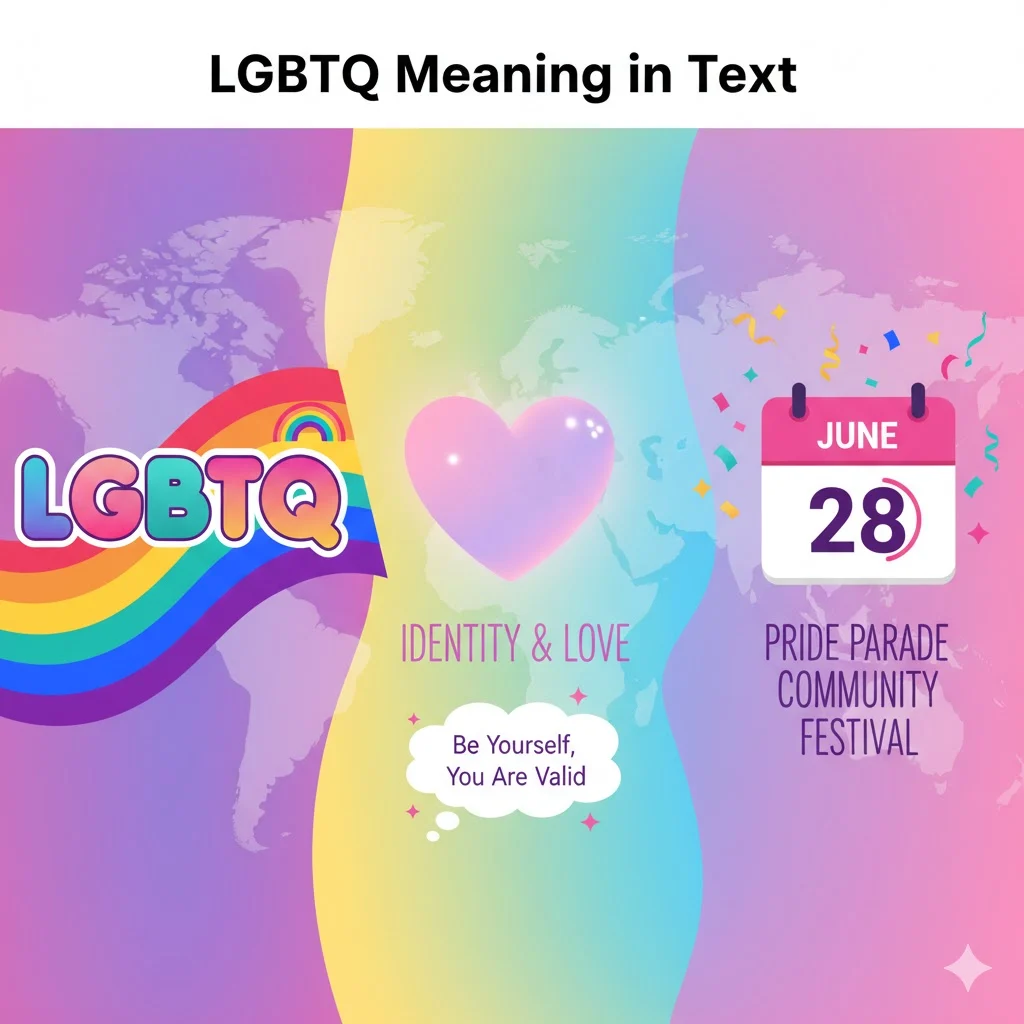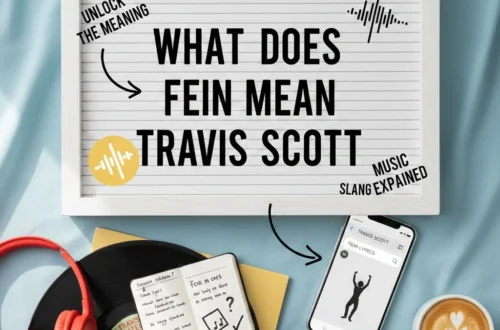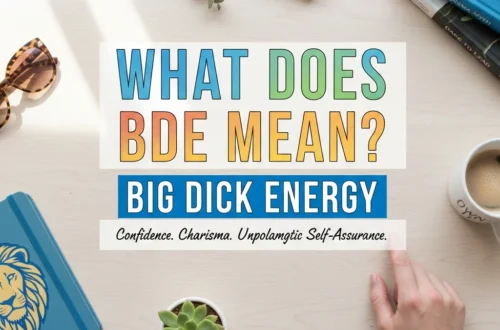Are you scrolling through texts, social media, or group chats and keep seeing the term LGBTQ, but aren’t entirely sure what it means? Whether you’re a student navigating classroom discussions, a young professional trying to understand modern social conversations, or simply someone who wants to communicate respectfully online, this guide is for you. In today’s world, understanding LGBTQ isn’t just about knowing an acronym—it’s about embracing diversity, fostering inclusivity, and connecting with people in a meaningful way. Stick with me, and by the end, you’ll not only know what LGBTQ means in text but also how to use it correctly and confidently in everyday conversations.
🏳️🌈 The Evolution of the LGBTQ Acronym
Early Terminology and the Rise of “Gay”
Historically, terms like “homosexual” were used to describe same-sex attraction. However, these terms often carried clinical or negative connotations. In the mid-20th century, the term “gay” emerged as a more positive and self-affirming label for individuals attracted to the same sex. This shift marked a significant change in how same-sex attraction was perceived and discussed.
The Emergence of “Lesbian”
The term “lesbian” has its roots in ancient Greece, associated with the poet Sappho from the island of Lesbos, who wrote about same-gender passion. Over time, “lesbian” became the term used to describe women attracted to other women, establishing a distinct identity within the broader LGBTQ community.
The Inclusion of “Bisexual”
In the 1960s, the term “bisexual” began to be used to describe individuals attracted to both men & women. This inclusion acknowledged the experiences of people whose attractions did not fit within the binary framework of heterosexual and homosexual identities.
The Addition of “Transgender”
The term “transgender” refers to individuals whose gender identity differs from the sex they were assigned at birth. The inclusion of “transgender” in the acronym highlighted the unique experiences and challenges faced by transgender individuals, emphasizing the need for their inclusion in discussions about sexual and gender diversity.
The Reclamation of “Queer”
Once used as a derogatory term, “queer” has been reclaimed by many within the community as an umbrella term encompassing a wide range of sexual orientations and gender identities. The addition of “queer” to the acronym reflects a move towards inclusivity and a rejection of rigid labels.
Expanding the Acronym: LGBTQIA+
Recognizing the diversity within the community, the acronym has expanded to LGBTQIA+, where:
- I stands for Intersex: Individuals born with physical sex characteristics that don’t fit typical definitions of male or female.
- A stands for Asexual: Individuals who experience little or no sexual attraction to others.
- The “+” signifies the inclusion of other sexual orientations, gender identities, and expressions not specifically covered by the other letters.
🌍 Cultural Impact of the LGBTQ Community
Advocacy and Visibility
The LGBTQ community has played a pivotal role in advocating for equal rights and visibility. Events like Pride parades, which began as protests, have evolved into celebrations of identity and achievements. These events have been instrumental in raising awareness and fostering acceptance.
Representation in Media
Media representation has significantly influenced public perceptions of the LGBTQ community. Increased visibility in television, film, and literature has helped challenge stereotypes and promote understanding. Characters and stories that reflect diverse sexual orientations and gender identities contribute to a more inclusive society.
Legal and Social Progress
Over the past few decades, there has been significant progress in the legal recognition of LGBTQ rights. Many countries have legalized same-sex marriage, enacted anti-discrimination laws, and recognized gender identity rights. These legal advancements have been crucial in promoting equality and protecting the rights of LGBTQ individuals.
🌐 Global Perspectives on LGBTQ Rights
Progress and Setbacks
Globally, the recognition and rights of LGBTQ individuals vary widely. Some countries have made significant strides in legalizing same-sex marriage and enacting protective laws, while others continue to criminalize same-sex relationships and gender non-conformity.
Regional Differences
In regions like Western Europe and North America, there has been considerable progress in LGBTQ rights. However, in parts of Africa, the Middle East, and Eastern Europe, LGBTQ individuals often face legal challenges, societal stigma, and discrimination.
International Advocacy
International organizations and human rights groups continue to advocate for the rights of LGBTQ individuals worldwide. Efforts focus on promoting legal reforms, providing support to LGBTQ communities, and raising awareness about human rights violations.
💬 LGBTQ in Text Messages and Online Communication
In digital communication, the acronym LGBTQ is often used to express identity, solidarity, or to discuss related topics. Here’s how it might appear:
- Personal Identification: “I’m proud to be LGBTQ.”
- Supportive Messages: “Happy Pride Month to all my LGBTQ friends!”
- Community Discussions: “Let’s talk about LGBTQ rights and representation.”
Using the term respectfully and accurately is important in fostering inclusive and supportive online environments.
📚 Frequently Asked Questions (FAQs)
1. What does LGBTQ stand for?
LGBTQ stands for Lesbian, Gay, Bisexual, Transgender, and Queer/Questioning. It represents a spectrum of sexual orientations and gender identities.
2. Why has the acronym expanded to LGBTQIA+?
The expansion to LGBTQIA+ reflects the inclusion of additional identities such as Intersex and Asexual, acknowledging the diversity within the community.
3. Is it okay to use the term LGBTQ?
Yes, as long as it’s used respectfully and accurately. It’s important to be aware of the context and the preferences of individuals when using the term.
4. How has the LGBTQ community influenced culture?
The LGBTQ community has influenced culture through advocacy for rights, increased media representation, and contributions to social and cultural movements.
5. Are LGBTQ rights recognized globally?
Recognition of LGBTQ rights varies by country. While some nations have made significant progress, others continue to criminalize LGBTQ identities and behaviors.
🏁 Conclusion
Understanding the meaning and significance of LGBTQ is essential in fostering an inclusive and respectful society. The evolution of the acronym reflects the growing recognition of diverse sexual orientations and gender identities. By educating ourselves and others, we contribute to a more accepting and understanding world.






